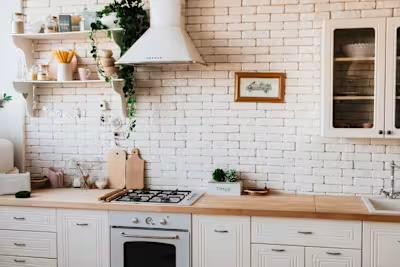The Art of Indoor Plant Care: Greening Up Your Home
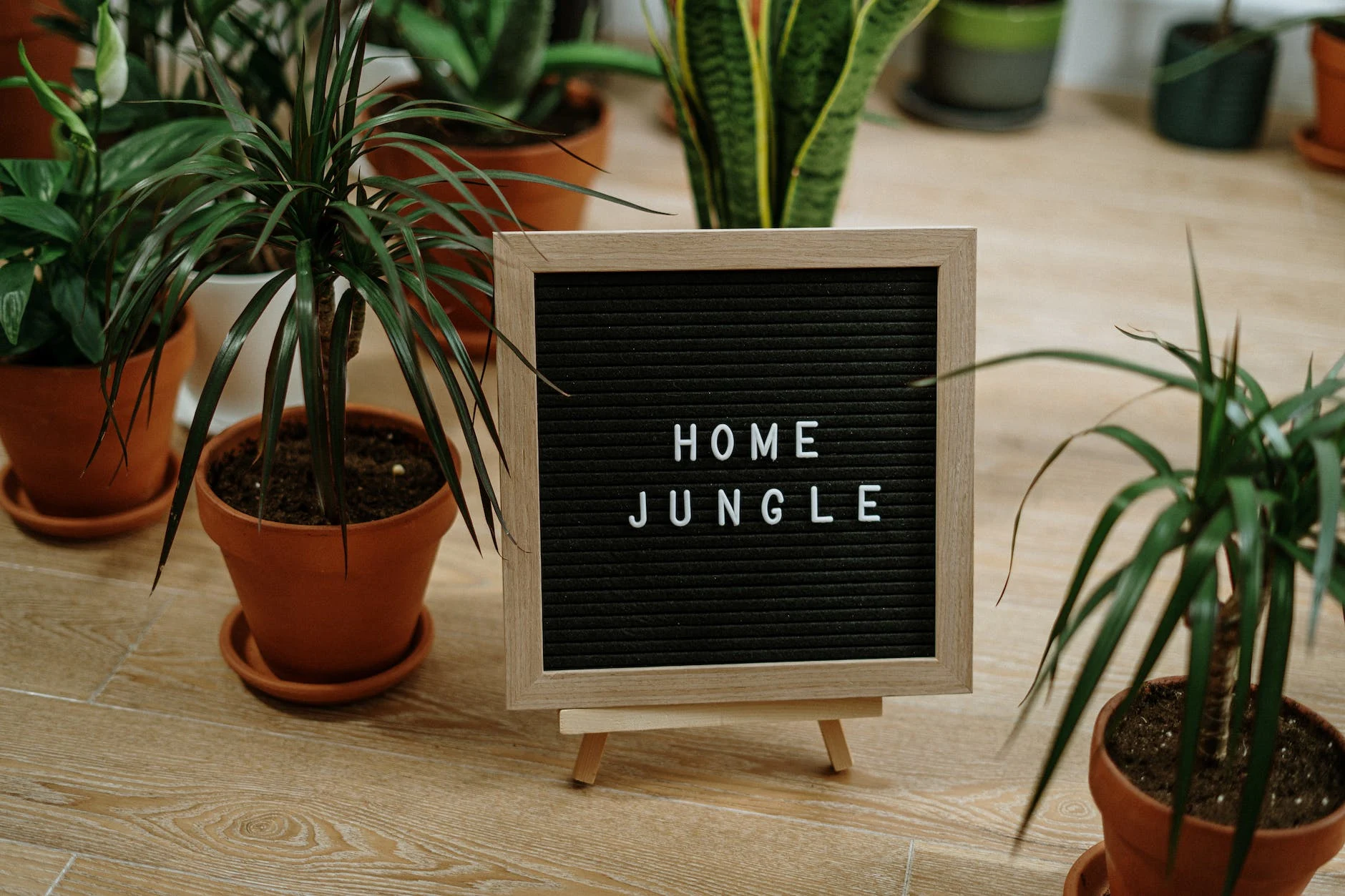
Indoor plants have become increasingly popular over the years, not only for their aesthetic appeal but also for the numerous benefits they bring to our homes. The presence of lush greenery can transform any living space, making it more inviting and refreshing. However, taking care of indoor plants requires knowledge and a certain level of expertise. In this article, we will explore the art of indoor plant care and provide you with essential tips and guidelines to help you green up your home successfully.
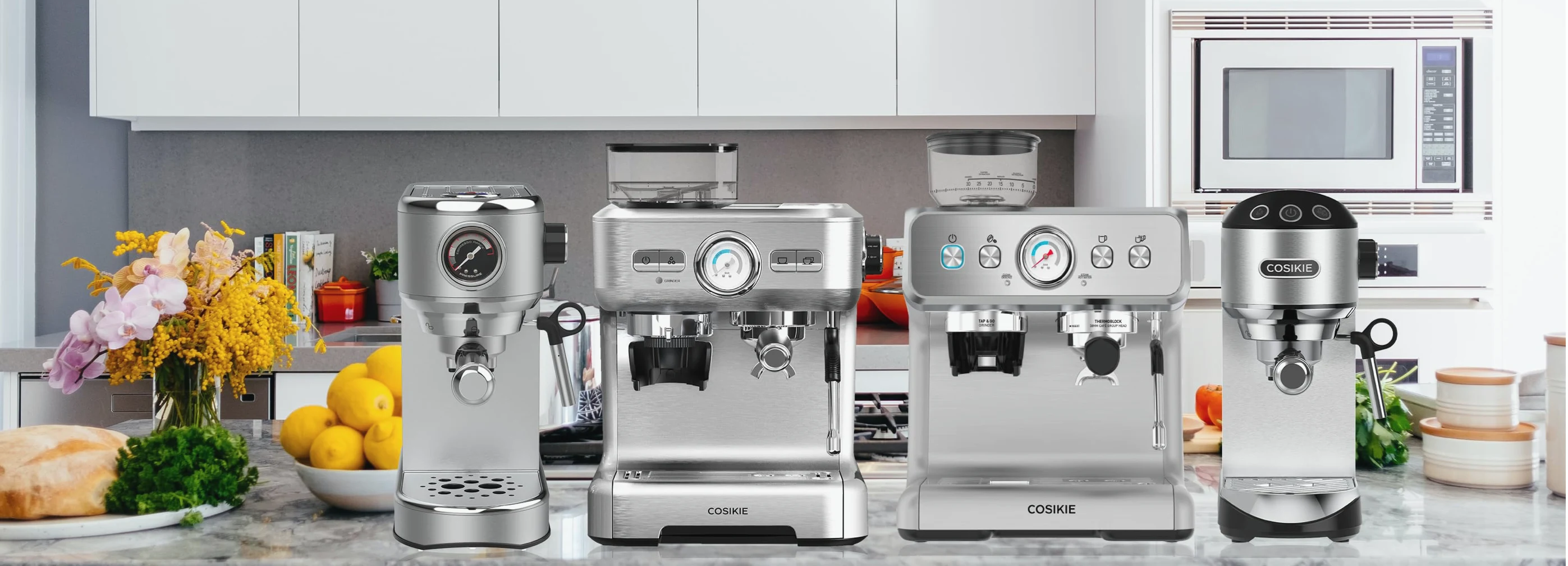
The Importance of Indoor Plant Care
Taking care of indoor plants is crucial for their overall health and longevity. Proper care ensures that your plants receive the necessary nutrients, light, and water, allowing them to thrive in an indoor environment. Neglecting plant care can result in stunted growth, yellowing leaves, and even plant death. By understanding the art of indoor plant care, you can create a thriving green oasis within your home.
Choosing the Right Indoor Plants
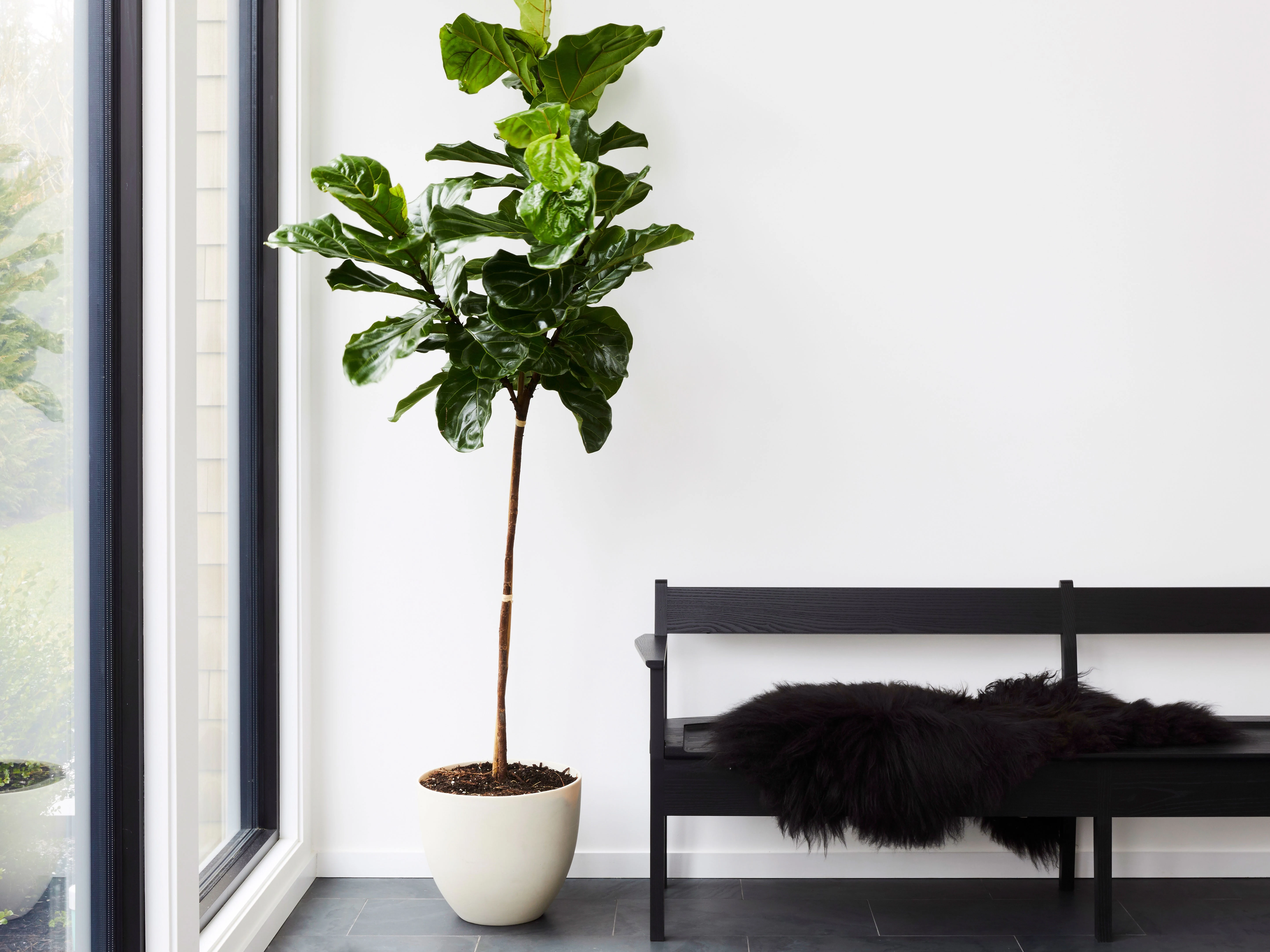
Photo Nicole Franzen
When selecting indoor plants, it’s essential to consider factors such as light availability, humidity levels, and your own gardening skills. Different plants have varying requirements, and choosing the right ones for your home will significantly impact their overall health and growth. Some popular indoor plant options include pothos, spider plants, snake plants, and peace lilies.
Providing Adequate Lighting
Light is a vital component for indoor plant growth. Most indoor plants thrive in bright, indirect light. However, the light requirements may differ for various species. It’s important to place your plants in areas where they can receive the appropriate amount of light. If natural light is limited, you can supplement it with artificial light sources such as fluorescent or LED grow lights.
Understanding Watering Needs
Watering is another crucial aspect of indoor plant care. Overwatering or underwatering can have detrimental effects on plant health. It’s important to understand the specific watering needs of your plants and create a watering schedule accordingly. Factors such as potting soil, humidity, and the size of the plant all influence how often and how much water your indoor plants require.
Maintaining Proper Humidity

Most indoor plants thrive in environments with moderate to high humidity levels. Dry indoor air, especially during winter months or in air-conditioned spaces, can lead to issues like dry leaf tips and wilting plants. You can increase humidity by misting your plants, placing them on trays filled with water and pebbles, or using a humidifier. It’s important to find the right balance for your specific plant species.
Temperature Considerations
Indoor plants generally prefer temperatures within the range of 60 to 75 degrees Fahrenheit (15 to 24 degrees Celsius). Extreme temperature fluctuations or exposure to drafts can stress the plants and negatively impact their growth. Avoid placing your plants near heating or cooling vents, windows with direct sunlight, or areas prone to temperature fluctuations.
Pruning and Trimming Techniques
Regular pruning and trimming are essential for maintaining the shape and health of indoor plants. Removing dead or yellowing leaves, trimming excessive growth, and encouraging bushier growth can help your plants flourish. Use clean and sharp pruning tools to avoid damage and minimize the risk of introducing diseases to your plants.
Fertilizing Indoor Plants
Indoor plants rely on you for their nutritional needs. While potting soil provides initial nutrients, they gradually deplete over time. Fertilizing your plants with a balanced houseplant fertilizer ensures they receive essential minerals and nutrients. Follow the instructions provided by the fertilizer manufacturer and avoid over-fertilizing, as it can harm your plants.
Preventing Pests and Diseases
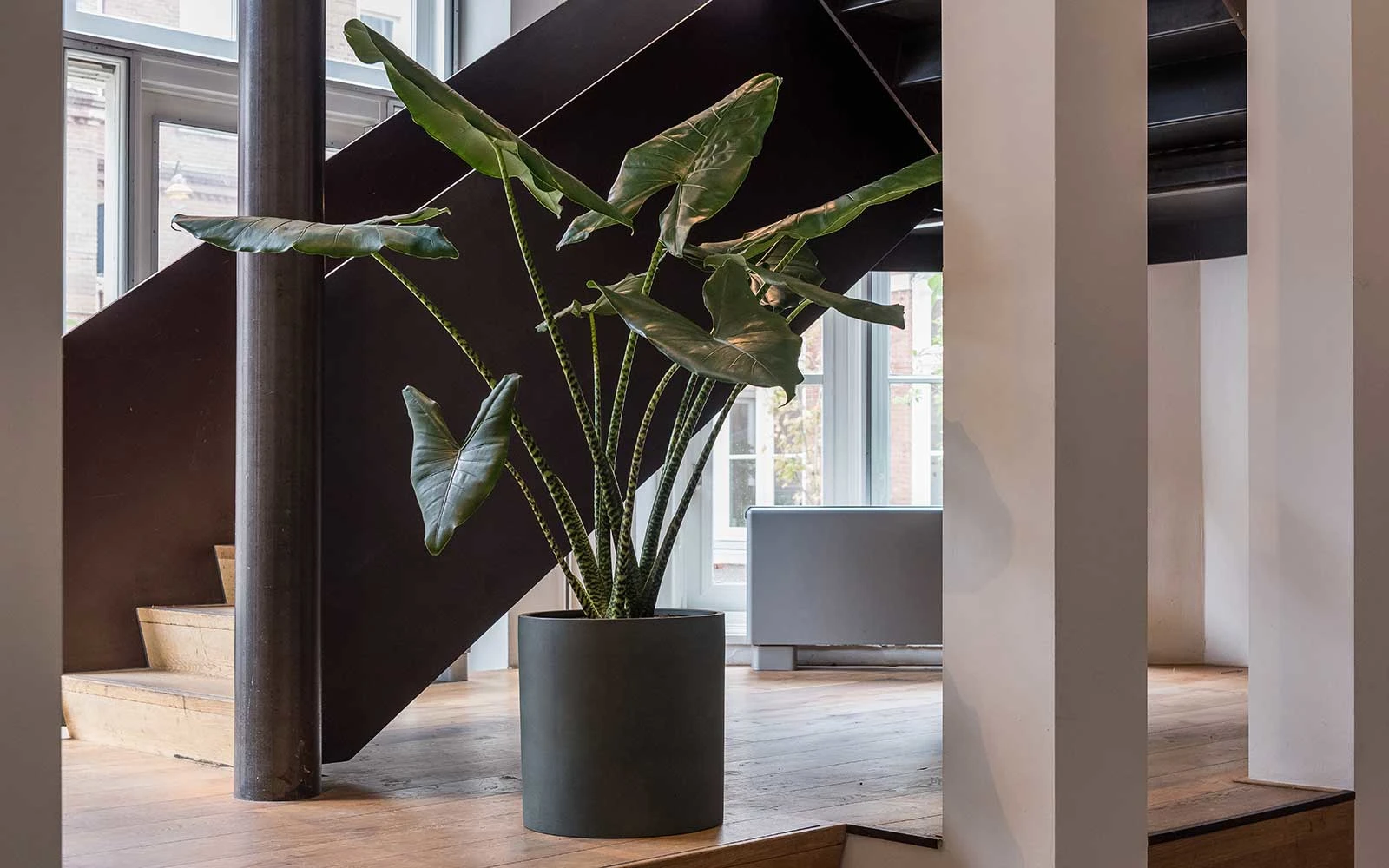
Indoor plants are susceptible to pests such as aphids, mealybugs, and spider mites. Regularly inspect your plants for any signs of infestation, including sticky residue, webbing, or yellowing leaves. If you detect pests, treat them promptly using organic or chemical insecticides. Additionally, proper ventilation, avoiding overwatering, and maintaining cleanliness can help prevent the onset of diseases.
Cleaning and Dusting
Dust accumulation on indoor plant leaves can hinder their ability to photosynthesize effectively. Wiping the leaves with a soft cloth or gently rinsing them under lukewarm water helps remove dust and keeps the foliage clean. This practice also helps prevent pest infestations and keeps your plants looking vibrant.
Repotting and Transplanting
As your indoor plants grow, they may outgrow their pots or require fresh potting soil. Repotting allows plants to access fresh nutrients and provides them with enough space for root growth. Observe the signs of root-bound plants, such as roots circling the pot or protruding from drainage holes. Repot your plants into slightly larger pots using well-draining potting soil.
Troubleshooting Common Issues
Indoor plants can face various issues, including yellow leaves, wilting, or fungal infections. By closely monitoring your plants and being attentive to their needs, you can address these problems promptly. Common issues may include improper watering, inadequate light, pests, or diseases. Research specific solutions or consult with a local plant expert to troubleshoot any problems you encounter.
Creating a Plant Care Schedule

The Spruce / Melina Hammer
Establishing a plant care schedule ensures that you provide consistent care to your indoor plants. Consider factors such as watering frequency, fertilizing intervals, pruning sessions, and overall maintenance. By creating a routine, you can stay organized and prevent any lapses in plant care, ensuring optimal growth and health for your green companions.
Benefits of Indoor Plants
Indoor plants offer numerous benefits beyond their visual appeal. They improve air quality by filtering pollutants and releasing oxygen, creating a healthier environment for you and your family. Plants also contribute to stress reduction, enhance productivity, and add a touch of nature to indoor spaces. The presence of indoor greenery has been linked to improved mood and overall well-being.
Conclusion
Incorporating indoor plants into your living space brings life, beauty, and numerous benefits. By understanding the art of indoor plant care and following the guidelines outlined in this article, you can create an oasis of greenery within your home. Remember to choose the right plants, provide adequate lighting, water them appropriately, and maintain optimal humidity and temperature levels. Regular pruning, fertilizing, and preventive measures against pests and diseases will ensure your plants thrive and bring joy to your surroundings.
Frequently Asked Questions
We gathered the answers to some popular questions below.
If you can’t find your question below feel free to contact us, and we’ll be happy to help.
Which indoor plants are low-maintenance and suitable for beginners?
Some low-maintenance indoor plants suitable for beginners include pothos, snake plants, ZZ plants, and spider plants. These plants are resilient and can tolerate a wide range of growing conditions.
How often should I water my indoor plants?
The watering frequency depends on various factors such as plant species, pot size, humidity levels, and temperature. As a general rule, it’s better to underwater than overwater. Check the soil moisture level before watering and adjust accordingly.
Can I use tap water to water my indoor plants?
Tap water is generally safe for most indoor plants. However, if your tap water is heavily chlorinated or contains high levels of minerals, it’s advisable to let it sit overnight or use filtered water to allow any chemicals to dissipate.
Like this project
Posted Jun 20, 2023
Discover the secrets of successful indoor plant care with our comprehensive guide. Learn essential tips and techniques to green up your home effortlessly and c…
Likes
0
Views
20




